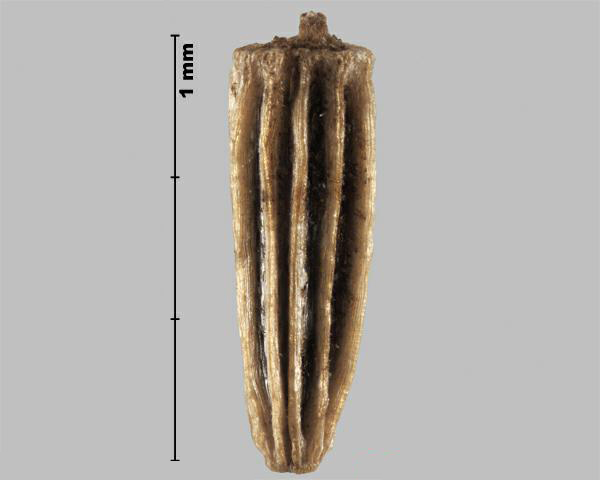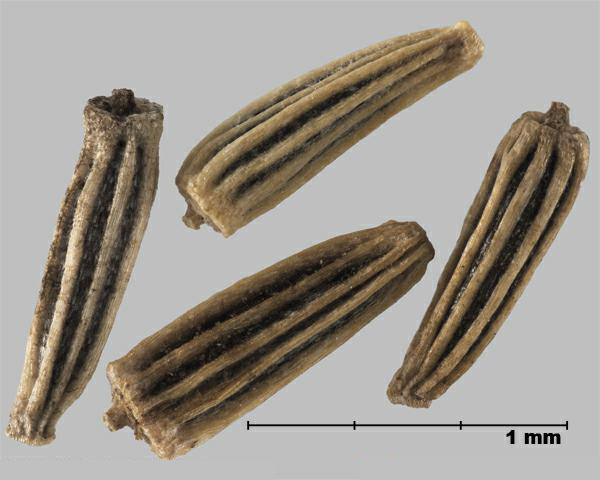Family
Asteraceae
Synonym
Chrysanthemum leucanthemum
Common Name
Ox-eye daisy
Regulation
Secondary Noxious, Class 3 and Noxious, Class 5 in the Canadian Weed Seeds Order, 2016 under the Seeds Act.
Distribution
Canadian: Occurs in all Canadian provinces and territories (Brouillet et al. 2016Footnote 1).
Worldwide: Native to Europe and western temperate Asia (USDA-ARS 2016Footnote 2). Naturalized in east and southern Africa, eastern temperate and southern tropical Asia, Australia, New Zealand, North America and parts of South America (USDA-ARS 2016Footnote 2).
Duration of life cycle
Perennial
Seed or fruit type
Achene
Identification features
Size
- Achene length: 2.0 - 3.0 mm
- Achene width: 0.8 - 1.0 mm
Shape
- Achene elongate, ribbed, tapered at base
Surface Texture
- Achene has 10 prominent ribs with smooth interspaces
Colour
- Achene dark brown with light brown ribs
Other Features
- A short and blunt floral style remnant is on top of the achene
- The rib interspaces frequently have short, white streaks
Habitat and Crop Association
Cultivated land (rare), hay fields, pastures, gardens, lawns, rangeland, native grasslands, forest openings, abandoned croplands, roadways, railway embankments and disturbed areas (Clements et al. 2004Footnote 3, Darbyshire 2003Footnote 4).
General Information
Ox-eye daisy was introduced to North America as an ornamental and seed contaminant in the late 1700s. By 1800, it was well established in many areas of North America (Clements et al. 2004Footnote 3).
Reproduction occurs mainly through seeds but plants can also sprout from rhizomes (Clements et al. 2004Footnote 3). A single plant may produce several thousand seeds per season that can remain viable in the soil for 5 to 40 years (Clements et al. 2004Footnote 3).
Similar species
Shasta daisy (Leucanthemum x superbum)
- Shasta daisy achenes have a similar shape, dark colour with streaks between the ribs and top peg as ox-eye daisy.
- Shasta daisy (length: 3.0 - 5.0 mm; width 1.0 - 1.5 mm) is generally larger than ox-eye daisy. The ribs tend to be darker than ox-eye daisy.
Photos
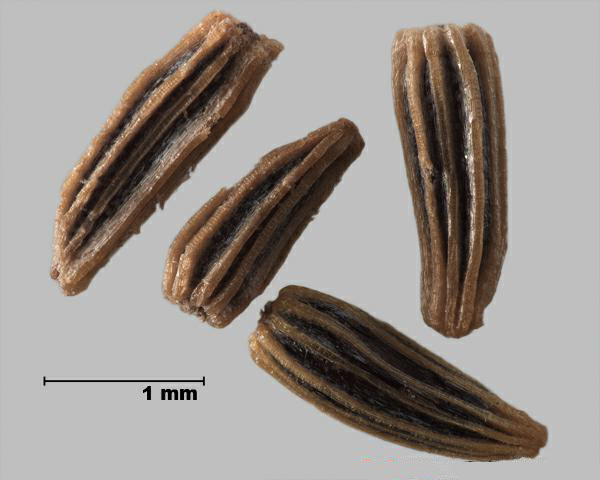
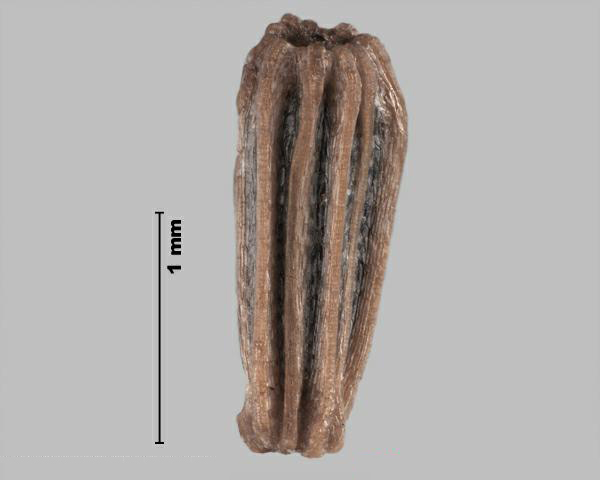
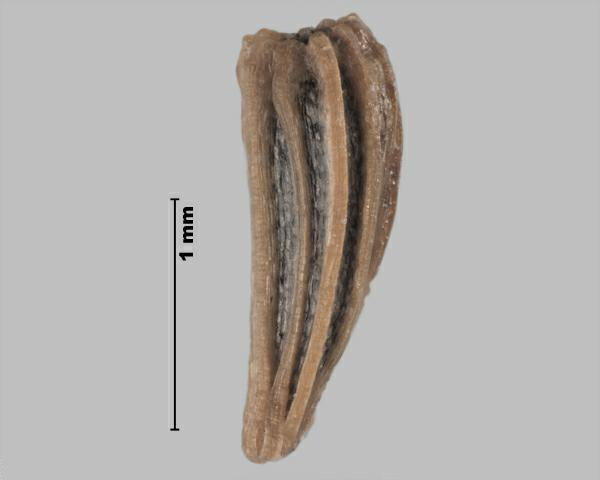
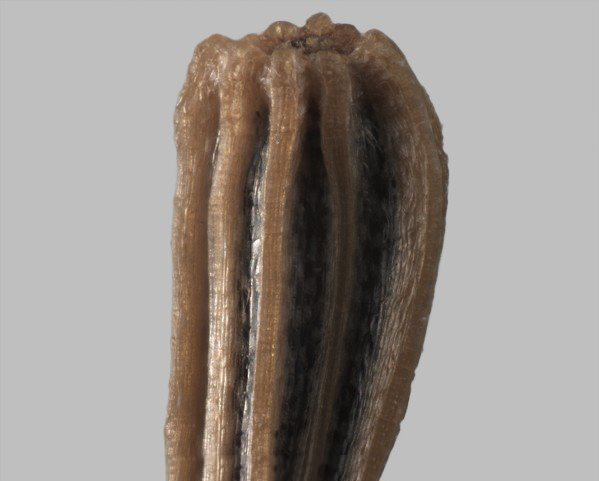
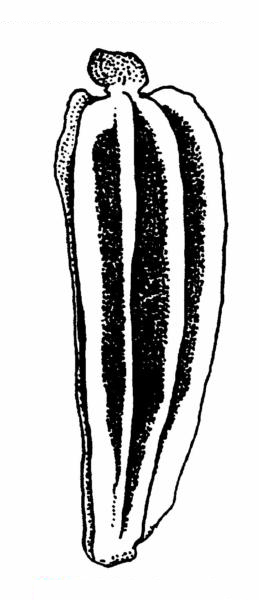
Similar species
